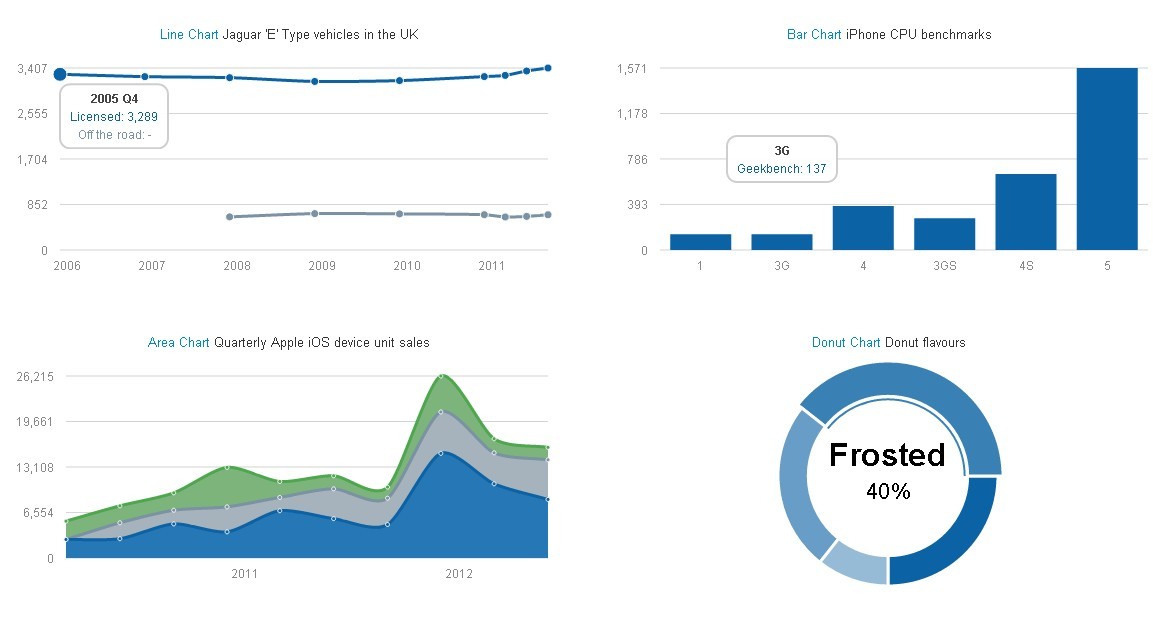
It is now completely removed.ĭ3 JavaScript library was previously shipped with Oracle APEX.
#EXAMPLES OF ANYCHART APEX PLUGIN PDF#
In APEX 20.1, the PDF Export functionality of the calendar component was deprecated. But, if you already created some then they will continue to work without any issue. This drawback was long ago sensed by the APEX team, so at first, they deprecated it, and now it’s completely gone.įrom now onwards, we will be unable to set up Legacy Tabular Forms.

So, there’s no need to support the legacy Internet Explorer 11 because it lacks many key features for modern-day requirements. More and more people are adopting new web browsers (like Chrome and Firefox). But, as the built-in visualization functionality of APEX is getting better, so the dev team has decided to drop An圜hart in the future (specifically from version 21.1). The data visualization library An圜hart is part of APEX since 2007. We are in complete control to customize its appearance and layout however we like. In Oracle APEX 20.2, a new report region is added to support the Cards. Such as Image, Video, Icon, Badge, Text, etc. Cards RegionĬards are visually appealing UI elements that can display a variety of information. APEX also has the ability to schedule or run the automation on demand. Most of the time, we monitor something and place a trigger on it to automate a few tasks.īut, we are not limited to that only. It could be something like sending emails or approving requests.īasically, it is just a set of PL/SQL commands that can be triggered using a query result. AutomationĪs its name suggests, automation allows APEX to automatically perform certain tasks. To do so, it added APEX_REGION.EXPORT_DATA and APEX_DATA_EXPORT APIs. This version enables us to programmatically generate Excel, CSV, HTML, PDF, XML, and JSON files.

So, the developers of APEX have improved its integration for better reporting. We can even attach all downloadable file formats inside an email.Īs you probably know that Oracle BI Publisher is like the main reporting tool of Oracle. To do so, we just need to enable them inside region attributes. We can now print/download different types of reports in popular file formats such as PDF and Excel. It enables us to have encrypted credential storage.įor example, the new URL Query String is specifically helpful in securing the API key that is sent with each request to REST services.

In the latest release, they are going to introduce new HTTP Header types and URL Query String. There’s always a debate among Oracle APEX developers about securing web credentials. It can now automatically generate a value for the primary key as well as able to save the model.
#EXAMPLES OF ANYCHART APEX PLUGIN CODE#
It is now possible just because of an Embedded Code utility.

Today, I’ll mention all the new features, improvements, and known issues that are packed inside this awesome release. It is going to introduce a lot of new features while also updating the existing ones. Oracle APEX 20.2 is the upcoming version that has ignited excitement in the APEX community.


 0 kommentar(er)
0 kommentar(er)
